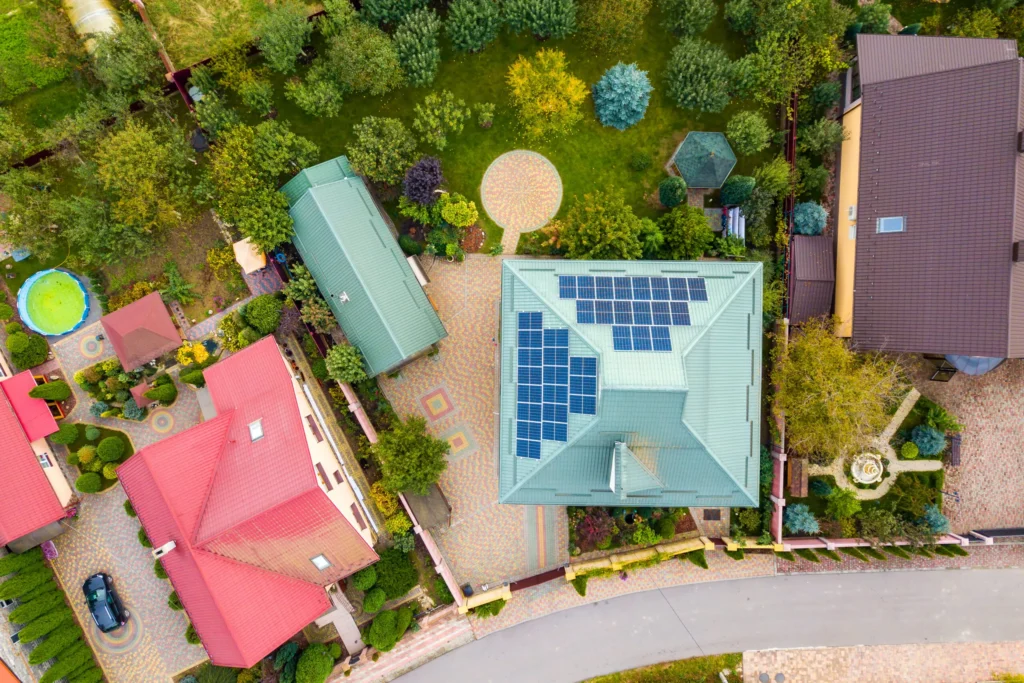Introduction
In a world increasingly aware of the pressing need for renewable energy sources, solar power stands out as a beacon of sustainability and self-sufficiency. Despite this, the adoption of solar panels in American homes is not as widespread as one might expect. As of my last update in early 2022, the United States, with its vast resources and technological prowess, had not fully embraced the potential of this clean energy source. This blog post explores the reasons behind this hesitance and looks at what might be done to increase the number of solar-powered homes across the nation.
Initial Costs
The foremost barrier to solar adoption in the United States is the initial cost of installation. While prices have dropped significantly over the past decade, the upfront investment remains substantial. Many homeowners find the cost-prohibitive, despite the long-term savings on energy bills and potential government incentives. These financial challenges are compounded for those living in economically disadvantaged communities, where even with subsidies, the initial outlay for solar can be daunting.
Aesthetic Concerns and Misinformation
There’s also a cultural component at play. Some homeowners associations (HOAs) have historically opposed the installation of solar panels due to aesthetic concerns, although attitudes are slowly shifting. Misinformation about solar technology also persists, with some consumers under the impression that solar panels require constant maintenance or that they do not work on cloudy days, which is not the case with modern technology.
Lack of Awareness and Misunderstanding of Incentives
Many Americans are not fully aware of the incentives available to them. While there are federal tax credits, state incentives, and even some local rebates, the complexity and variability of these programs can be confusing. The lack of a uniform, national policy on solar incentives can lead to misunderstandings about the true cost and savings potential of solar installations.
Inconsistent Policy and Regulatory Challenges
The solar industry in the U.S. has faced a rollercoaster of policy decisions and regulatory challenges. Tariffs on imported solar panels, for instance, have increased costs and created market uncertainty. Additionally, net metering policies, which allow solar users to sell excess power back to the grid, vary widely by state and can impact the economic benefits of installing solar panels.
Energy Market Structures and Utility Resistance
In many regions, the existing energy market structure does not favor decentralized power generation like rooftop solar. Traditional utility companies may perceive residential solar as a threat to their revenue model, leading to resistance. This has manifested in some areas as utilities pushing for fees on solar panel owners or reducing the rates they pay for excess energy generated by homes.
Geographic and Climatic Factors
The geographical and climatic diversity of the U.S. also plays a role. In regions with less consistent sunshine, such as the Pacific Northwest, solar may seem less viable to residents. Furthermore, in urban areas with high-density housing, such as apartment buildings, installing individual solar systems can be impractical.
Infrastructure and Energy Storage
The solar revolution not only requires panels on roofs but also a modernized grid infrastructure capable of handling distributed energy sources. The lack of widespread, affordable energy storage solutions can also dampen enthusiasm for solar because it limits the utility of the power generated.
Moving Forward
To increase the adoption of solar power in American homes, there are several steps that could be taken:
Better financial incentives and simplified, well-publicized programs to assist with the initial cost of solar installation.
Education campaigns to debunk myths about solar power and highlight the advancements in technology and energy storage.
Standardized policies for net metering and solar installation to create a more consistent and favorable regulatory environment.
Engagement with utilities to develop business models that incorporate residential solar without undermining their revenue.
Conclusion
The path to a more solar-powered nation is not without its challenges, but the potential benefits for the environment, the economy, and energy independence are immense. By addressing the barriers to solar adoption, the United States can pave the way for a cleaner, more sustainable future, one rooftop at a time. As solar technology continues to improve and become more affordable, it is likely that more American homes will begin to embrace the power of the sun.

